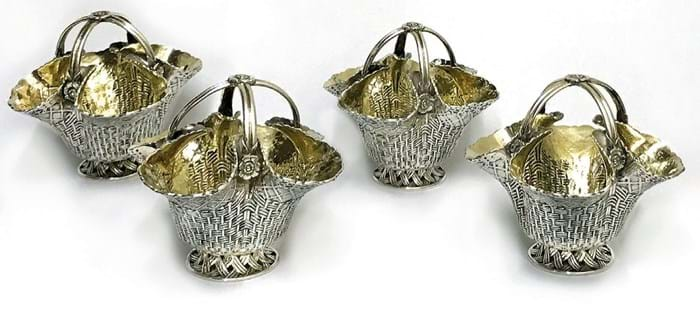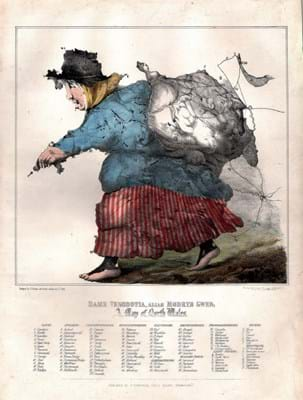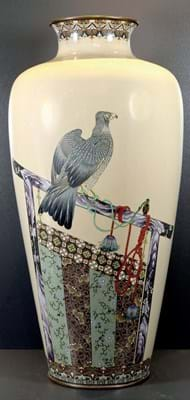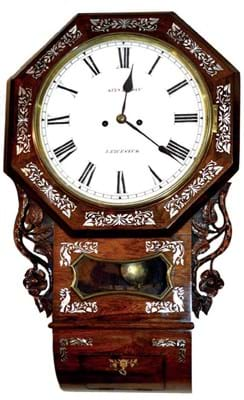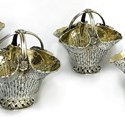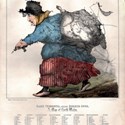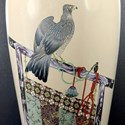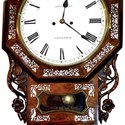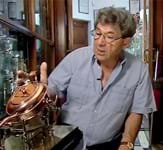Mark Seabrook is an 17th and 18th century oak and country furniture specialist who has exhibited at the fair for around 20 years. He recalls a time when around 10 of his fellow specialists also stood regularly at the event, but that number is now closer to three or four as interest in these traditional pieces decreased.
But as he prepares for the upcoming edition of AfE at Birmingham’s NEC (July 20-23), he remains both practical and positive.
“I have had to cut everything down to the knuckle but there is still a profit to be made out there,” he tells ATG. These days he mans his stand alone, which means facing solo the flood of trade and collectors that bursts through the doors at the opening (“I never stop talking on Thursday”) and loading and unloading his stock single-handed (“I’ve built up a lot of muscle”).
But among the 30 or so fairs he does every year, he says that the three AfE fairs are still his best when it comes to turning a profit.
Optimistic about oak
In the “heady” days of the late 1990s he had a shop in West Haddon and exhibited at section one of AfE, the part of the event where there is no dateline, all objects are required to be of exceptional quality and many dealers show in room sets.
But when sales in traditional oak furniture started to falter he took action – and it paid off.
He closed the shop in 2002 and was rewarded by an increase in turnover which he estimates at 50%. At AfE, he moved to section two of the fair – where stands are often smaller and he was able to save on stand costs. This step, he was delighted to find, was “just as effective” for him, despite the dip in the market.
Now he’s optimistic about the future of oak furniture. “If you have a look at Bonhams’ prices, they’re getting some good prices for oak – even the ordinary pieces are coming back a bit – and I’ve started selling more of these pieces at the big field fairs,” he says.
“The fair is dubbed ‘a barometer for what’s in vogue with collectors, interior decorators and furnishers’
More than 200 dealers are set to stand at the upcoming AfE, which is now 31 years old. It brings together porcelain, glass, silver, ceramics, clocks, works on paper, fine art and more. For the organisers it is still the number and variety of exhibitors that provide the ‘USP’. Director Mary Claire Boyd says: “It’s the vast choice that makes AfE such a popular fair.”
Among those returning are Hickmet Fine Art, Andrew Muir, who brings 20th century ceramics, and Art Nouveau and Art Deco specialist M&D Moir. Timewise, luxury watch specialists from London, and Turner Labelle Antiques, an antiquities dealership from North Yorkshire, will both take stands there for the first time this year.
Ben Shelton of Marvellous Furniture is also returning for what will be his third edition of the fair. He specialises in late 19th and early 20th century furniture with a focus on Arts & Crafts and the later design it inspired. Trading since 2008, he opened his first shop in Nottingham 2015. For him, AfE is the “premier fair outside London. Certainly it is in this area of the country”.
At the moment it is his only fair and he uses it as a chance to market a business where he finds that sales are almost evenly split between online and in-shop sales.
Shelton’s stock is less traditional than Seabrook’s but they agree on several points. For one thing, neither will hold pieces back for the fair, leaving stand design down to what they bring with them rather than planning around those pieces. And Shelton also finds buyers cautious.
He recalls one couple who stared at a piece of furniture on his stand in near silence for almost 20 minutes before moving into discussion with him. “It’s not a very impulsive market at the moment and people don’t tend to come with a shopping list for furniture,” he says. “But if you have the right thing at the right price, people will go for it. Furniture is always a practical purchase.”


